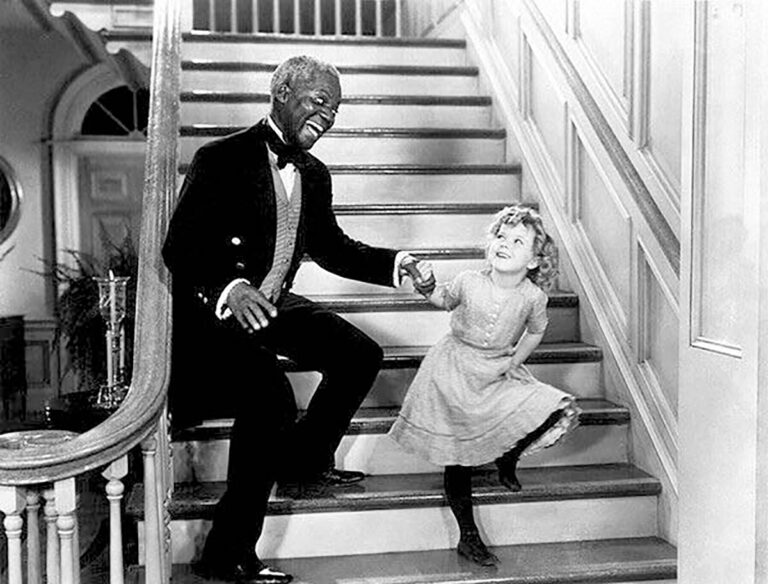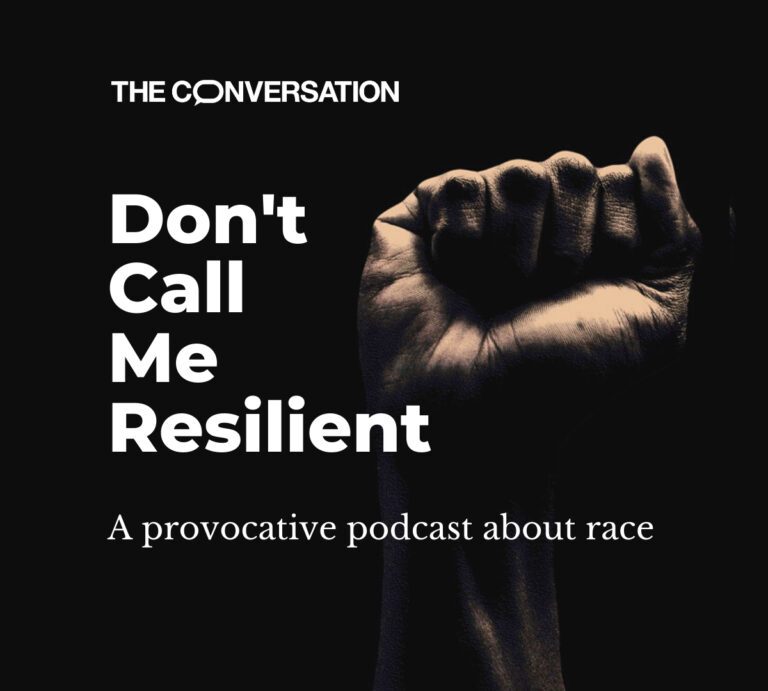
Category Justice, Equity & Society
Increasingly, democratic states and institutions are facing a combination of external and internal challenges. These challenges, impacts, and intersections are taken up by our faculty.


How the U.S. can move beyond mass protests in the aftermath of Donald Trump

How ‘Uncle Tom’ still impacts racial politics

EP 1: What’s in a word? How to confront 150 years of racial stereotypes, with Cheryl Thompson

India’s farmers are right to protest against agricultural reforms

Caillou cancelled by PBS: Kids’ TV is now more diverse, but must do better

Twitter permanently suspends Trump after U.S. Capitol siege, citing risk of further violence

Marvel’s first on-screen Muslim superhero — Kamala Khan, Ms. Marvel’s alter-ego — inspires big hopes

Why did Donald Trump do better than expected in the U.S. election?

Biden’s stance against fossil fuels didn’t turn away voters in Pennsylvania and other key states

Trump has made America nostalgic again for a past that never existed

